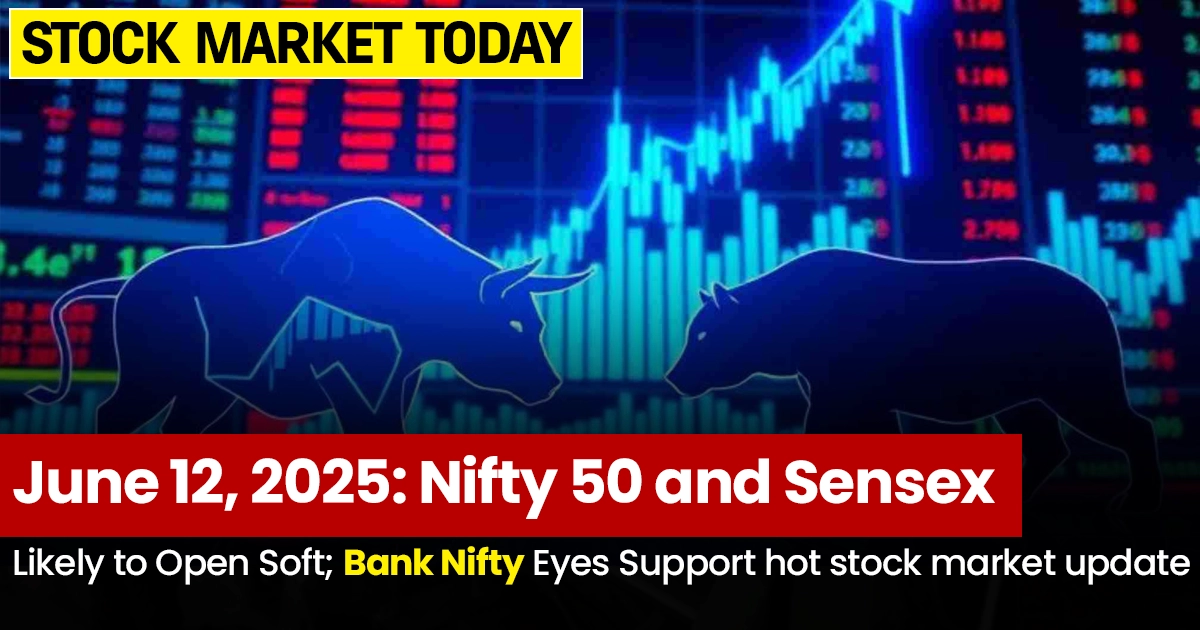The Indian stock market took a sharp hit last Friday, June 13, with the Sensex losing over 1,300 points and the Nifty 50 dropping below 24,500. Market participants witnessed the market capitalization erasing nearly ₹7 lakh crore in a single day. So why did the panic occur?
1. New Israel-Iran Conflict Sparks Global Concern
The unexpected military strike by Israel on Iran was one of the major reasons of the sell-off on Friday. The attack supposedly targeted nuclear facilities as well as significant military infrastructure which raised the fears of escalation within the Middle East.
The entire world was at stake with this development. Russia-Ukraine conflict is still ongoing, and the markets simply cannot leverage another geopolitical flashpoint. Sustained conflict of such kind would disrupt global supply chains and oil trade, inflicting widespread economic damage.
2. Oil Prices Rise More Than 10%
As a primary oil producing country, any conflict in the Middle East region immediately pushes crude oil prices up. Even for India, Brent and WTI prices now stand 10% higher.
Higher oil prices as a leading oil importer means more spending, increased inflation, and potentially higher domestic fuel prices. This causes strain on government spending, increases the cost of living, and slows economic growth.
3. Investors Turn to Gold and US Bonds
Whenever there is uncertainty, investors pull money out of the stock market and look to invest in safer assets like gold, US bonds, or the dollar. That is what is happening right now.
The price of gold in India surged 2%, while the dollar strengthened. This makes things worse for emerging market currencies like the rupee. This kind of flight indicates a lack of confidence in riskier assets like stocks, especially during difficult periods.
4. Rupee Precipitously Sinks Past 86 Per Dollar
Indian investors are already worried about their economy, and the growing strain from Russia has led the Indian rupee to a staggering 86.25 against the US dollar from 85.52 just on Thursday.
This provides an additional troubling headwind. A weaker rupee makes it a lot easier to import goods, leads to inflation, and causes even less foreign investors to pour money into Indian stocks. It increases strain to stocks within the country.
5. Global Trade and Tariff Issues Still Cause Uncertainty
Besides the Middle Eastern conflicts, there is also lingering uncertainty with trade, especially with the ongoing US and China tariffs.
Investors appear to be waiting for tangible progress on a deal between the two nations. For now, they are not getting what they want, as the uncertainty regarding future tariffs and business relations continues to hamper investor confidence.
Final Thoughts
Although the Israel-Iran struggle has created some immediate market volatility, the actual factors include myriad global uncertainties, soaring oil prices, weakening rupee, and flight to safety, causing the remarkable drop in Indian equities.
Investors have to be on high alert to these rapidly-changing geopolitical factors in the coming days and consult with professionals before taking any big steps in the market.







